 |
Hempstead |
|
Village History |
||||||||||||
|
what3words location - ///duplicity.unclaimed.hobbit |
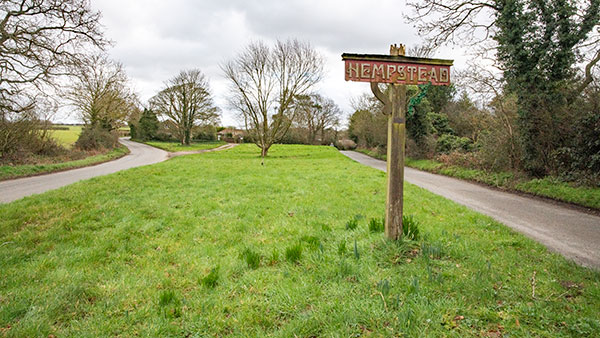 |
|
| Crabapple Cottage was originally the carpenter's workshop and the adjacent bungalow was the living quarters. |
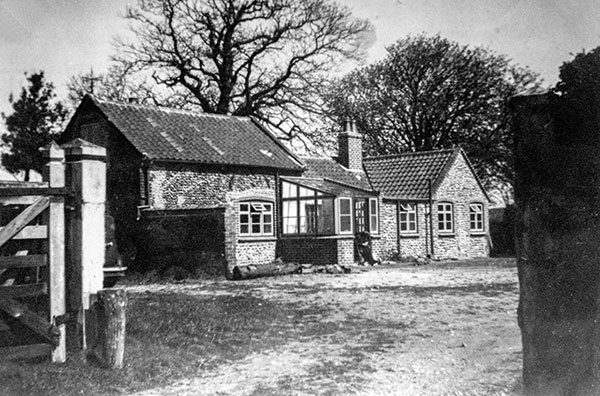 |
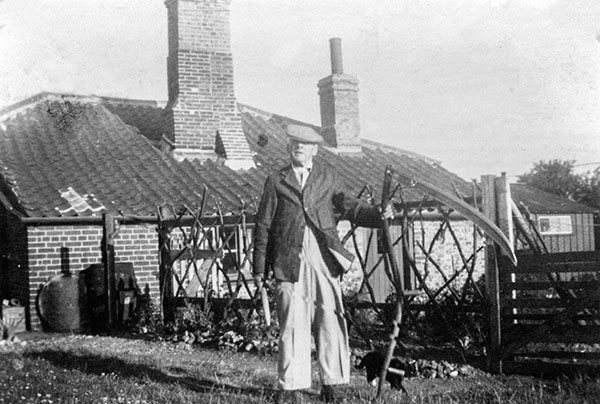 |
Crabapple Cottage - April 1948 |
Bertie Dann with his scythe and cat in front of The Bungalow - 1948 |
Left hand photo above . . . The Reverend Wilson is in the door-way of the porch, but not very visible. The carpenters shop has a date cut in the plaster of the loft - August 1836 - the first building. Beyond the glass porch is the new flint building, copied from the old. The next wndow is the bathroom (with the frosted glass). Then our room with two windows. The spare room is round the corner, with the little garden room beyond - originally to have been the laundry - we think we will eventually have a door knocked through to it. The kitchen opens out of the glass porch, getting early morning sun. Two little pantries face north. Ruth Wilson - 1948 |
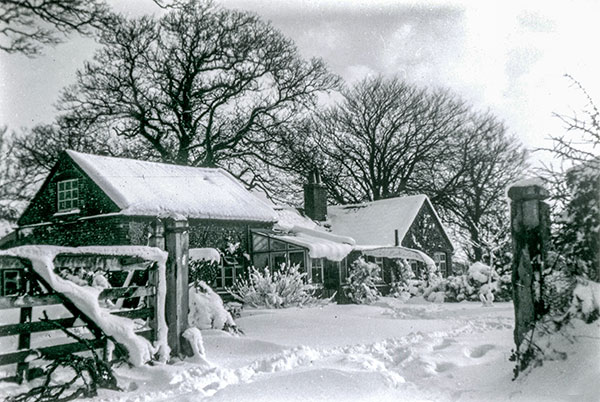 |
Crabapple Cottage, Court Green - 1979 |
| Kelly's 1896: Fowle, John - vermin destroyer, Court green Kelly's 1900: Fowle, John - vermin destroyer, Court green Kelly's 1904: Burrell, Joseph - mole catcher, Court gn Kelly's 1933: Dann, Bertie Rt. - carpntr. Court grn Kelly's 1937: Dann, Bertie Edwin - travelling grocer, Court grn Kelly's 1937: Dann, Bertie Rt. - carpntr. Court grn |
In 1966, Basil Cozens-Hardy wrote that the name Court Green would signify the place where in medieval or earlier times meetings for some form of local government were held - . . . it may of course be the place where the Hempstead Manor Court was held, but the venue would normally be the hall. |
Diana Spalton remembers the North Norfolk Coastal curfew imposed after Dunkirk. Everyone had to be in their houses by 9.30. It was then that the shed was built on Court Green to house the ARP. She also remembers the house shaking when a sea-mine was dropped three fields away on the Mack's farm at Hempstead Hall. |
A brick hut was built during the war to assist with the ARP. Two concrete emplacements with iron spigots were placed nearby to mount mortars. These were on occasions fired during the war as part of ARP exercises. |
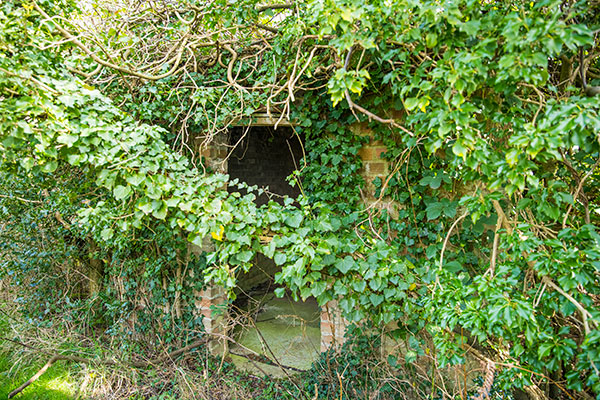 |
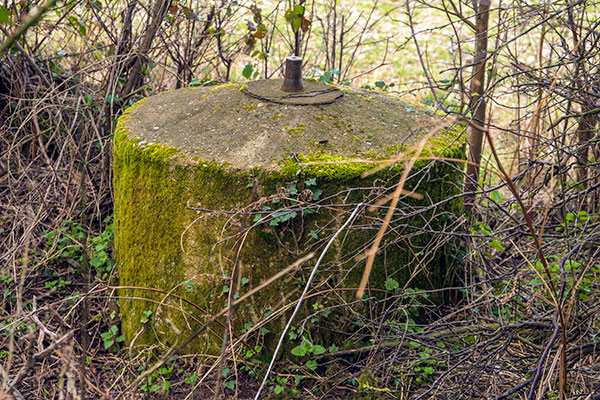 |
ARP hut - 13th March 2022 |
Concrete mortar emplacement - 13th March 2022 |
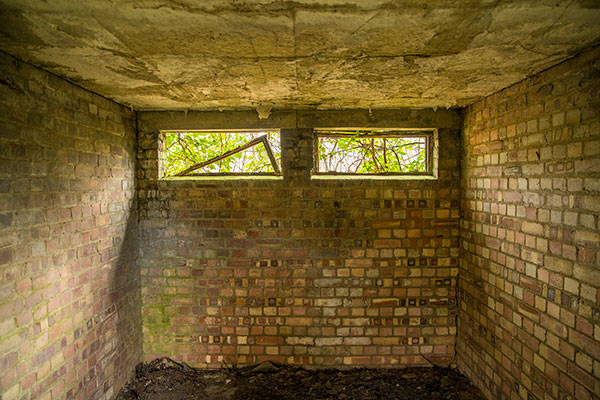 |
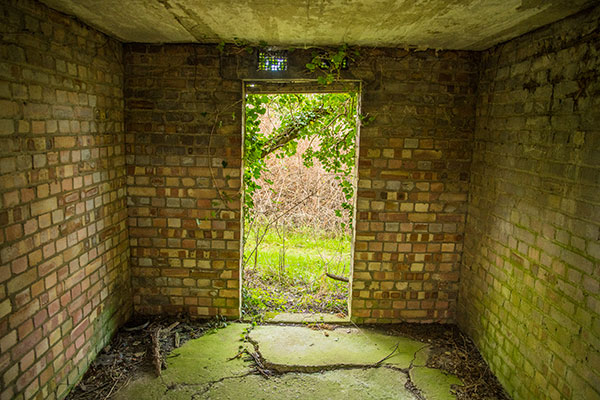 |
ARP hut interior - 13th March 2022 |
|
Holt historian, David Reynolds related that during WWll, a dummy runway was constructed on the fields just to the north of Court Green, complete with searchlights. |
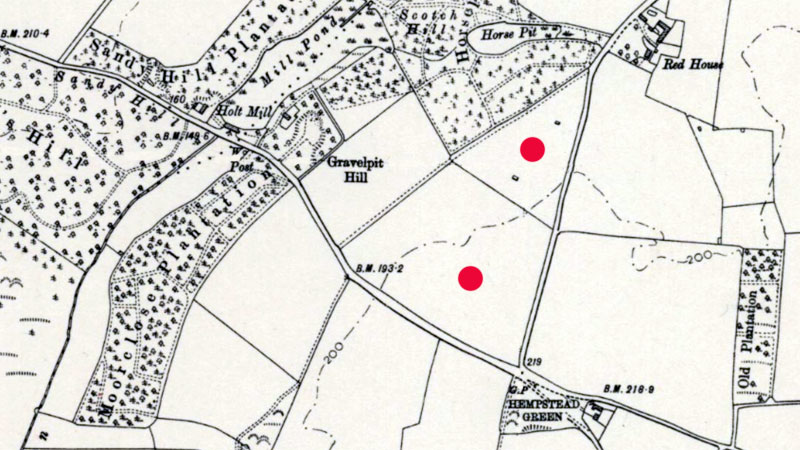 |
O. S. Map 1950 The Dummy Runway to the north of Court Green ran through the two fields indicated Courtesy of NLS map images |
Court Green had a cycle speedway track during the 1960s. Cycle speedways were very popular in the 1950s and 1960s and Hempstead would have competed against other local villages such as Itteringham. |
Hempstead, as a village, celebrated Queen Elizabeth II's Silver Jubilee in 1977. A new village sign was erected and a tree was planted by Mollie Mack of Hempstead_Hall. One anecdote mentions that the tree came from a garden centre and as no one present had any previous experience of such purchases, the tree was planted still in its container and subsequently died. An alternative explanation given was that the tree simply died of natural causes. For whatever reason the tree was later replaced by the one we see today. |
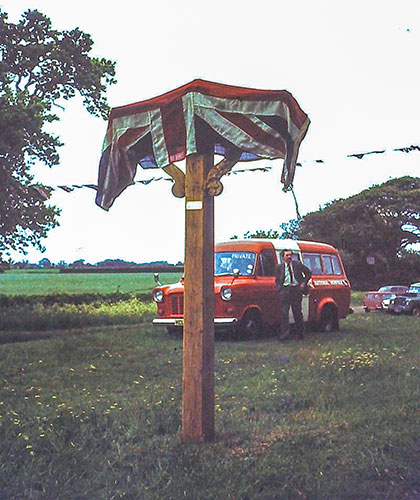 |
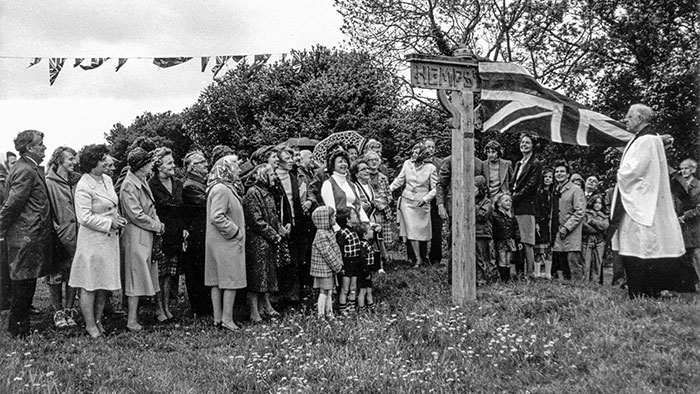 |
New Silver Jubilee village sign prior to unveiling - 1977 |
Rev Francis Allen unveiling the new Silver Jubilee village sign - 1977 |
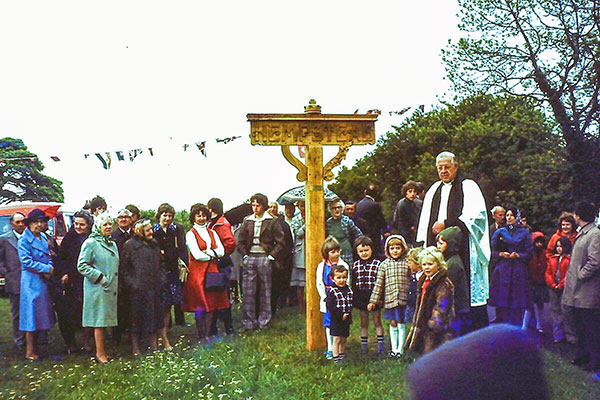 |
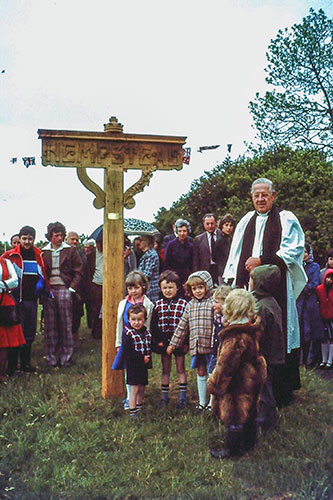 |
Rev Francis Allen unveiling Hempstead
Silver Jubilee village sign in 1977 From left - ?; ?; Mollie Mack; ?; Henry Mack (with glasses); Laura Bacon; ?; ?; Stephen Mack (red coat); William Mack; ?; ?; ?; Gladys Mack (check outfit); ?; ?; - Spalton; Rev. Francis Allen; Rachel Clarke (white socks and hood) |
Rev Francis Allen unveiling Hempstead Silver Jubilee village sign in 1977 Left to right - Stephen Mack; William Mack; Gladys Mack (check outfit); Rachel Clarke (white socks and hood) |
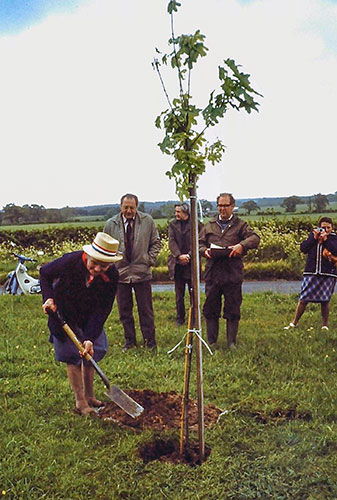 |
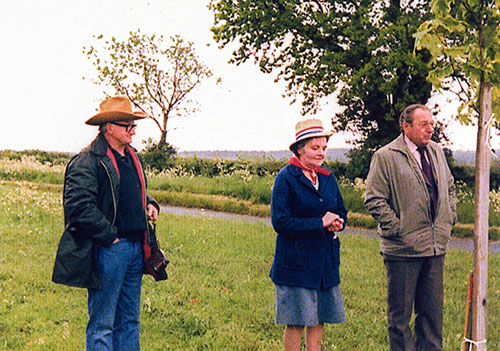 |
Mollie Mack planting the Silver Jubilee tree on Court Green in 1977 Back left to right - John Clarke; David Durst; Mike Culverwell; Pat Mack |
John Clarke from Brownwood Barn, Mollie Mack from Hempstead Hall and Bob Mack from Court Green - 1977 |
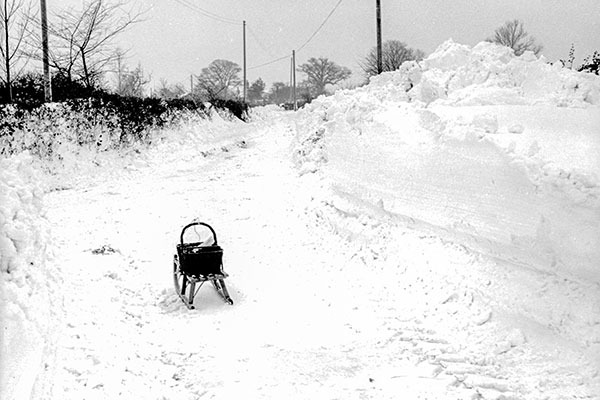 |
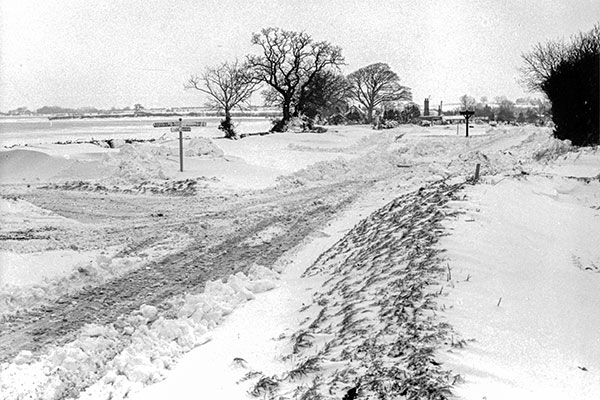 |
Looking up the hill towards Court Green near the entrance to Hempstead Hall - 1979 |
Court Green - 1979 |
 |
Looking towards Hempstead - 28th May 2020 |
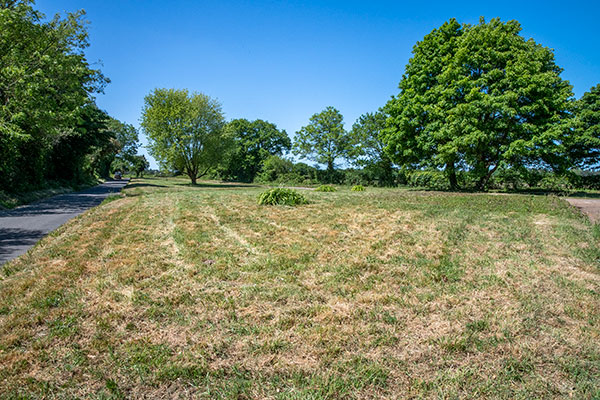 |
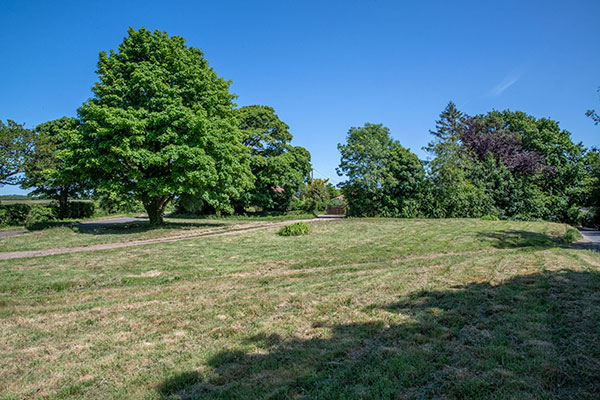 |
Looking towards Holt - 28th May 2020 |
Looking towards Hempstead - 28th May 2020 |
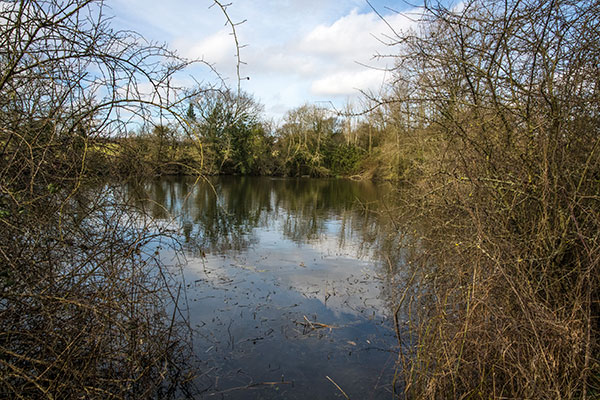 |
The Rookery with its deep flooded marl pit - 13th March 2022 |
The annual village toad patrols deposit all assisted toads, frogs and newts into the Rookery pit or back across the road. |
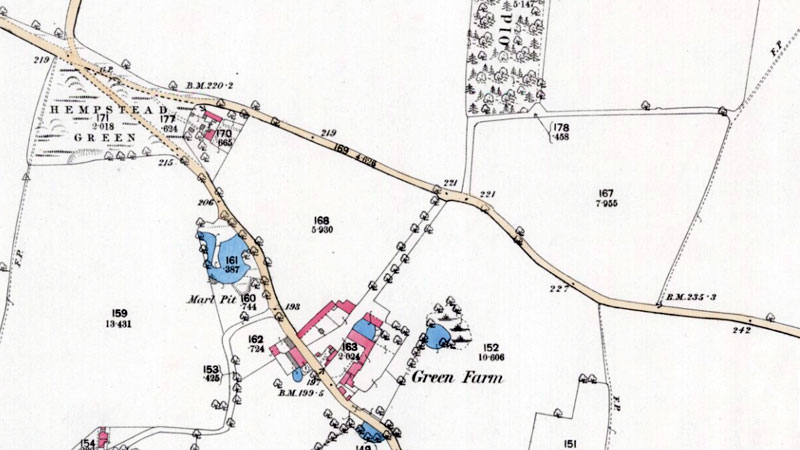 |
O. S. Map 1885 Court Green is marked as Hempstead Green on O.S. maps Courtesy of NLS map images |
If you have any memories, anecdotes or photos please let us know and we may be able to use them to update the site. Please
or telephone 07836 675369 |
Website copyright © Jonathan Neville 2024 |